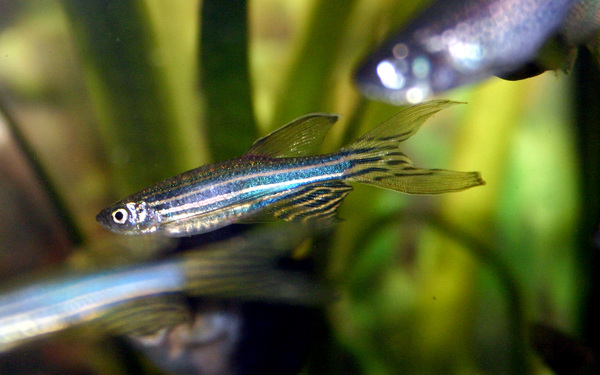Evaluating Biomarkers and Treatments for Acute Kidney Injury in a Zebrafish Model
(1) American Heritage School, Plantation, Florida
https://doi.org/10.59720/19-023
Coronary Artery Disease (CAD) is the leading cause of death in the United States. Despite the prevalence of CAD, there have been few clinical advancements to treat this disease, and mortality due to CAD is rising. Cohort studies have shown that 81% of Acute Kidney Injury (AKI) patients in the renal fibrosis stage later develop CAD. In this investigation, we aimed to create a cost-effective strategy to treat AKI and thus prevent CAD in this patient population. To achieve this aim, we conducted a three-pronged study in a model of Danio rerio. In the first phase, we tested whether AKI is induced in Danio rerio upon exposure to the environmental toxins arsenic, aristolochic acid, and cadmium. In the second phase, we evaluated nitrotyrosine as an early biomarker for toxin-induced AKI in Danio rerio. Nitrotyrosine levels increased 3.5 times its baseline after induction of AKI using arsenic, aristolochic acid, and cadmium. In the third phase of this study, we evaluated 4 treatments of renal fibrosis, the last stage of AKI, because it is a gateway connecting AKI and CAD. Upon conducting a Picro Mallory Trichrome Stain to assess the effects of these treatments on renal fibrosis, we found that the compound SB431542 was the most effective treatment (reduced fibrosis by 99.97%). The approach to treat AKI patients, and potentially prevent CAD, described in this investigation is economically feasible for translation into the clinic in both developing and developed countries.
This article has been tagged with: